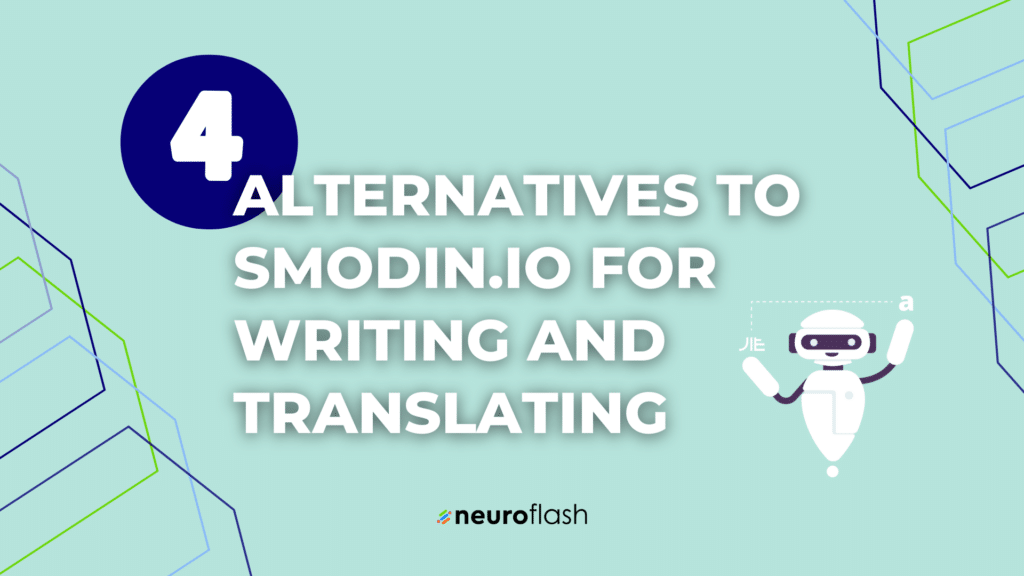WordPress Database: Tables
The WordPress database is made up of several tables that serve different purposes and store different types of data. For example, the wp_posts table stores all your posts while the wp_users table stores all your user data such as usernames and passwords. Understanding each table’s purpose is crucial for effective management of your website’s data.
Here are some of the most important tables in a WordPress database:
- wp_posts – stores all your posts and other content such as pages and attachments.
- wp_users – stores all your user data such as usernames, passwords, and email addresses.
- wp_comments – stores all comments made by users on your website.
- wp_options – stores all the settings and miscellaneous options for your website.
- wp_term_taxonomy – stores all the taxonomies for your website such as categories and tags.
WordPress Database: Relationships
Tables in a WordPress database are related to each other, and understanding these relationships is crucial for efficient management of data. For example, the wp_posts table is related to the wp_postmeta table, which stores all the meta-information for the posts. Another example is the wp_term_taxonomy table, which is related to the wp_terms table and stores all the categories and tags for your content.
WordPress Database: Queries
Queries are the primary method of retrieving data from a WordPress database. Understanding how to execute queries is crucial for optimizing website performance and improving user experience. The WP_Query class is a powerful tool that allows you to retrieve specific data such as posts, pages, comments, and more. Using the right queries can make a huge difference in your website’s loading speed and performance.
WordPress Database: Optimization
Optimizing your WordPress database is essential for achieving optimum website performance. Efficient data management, using indexes, and cleaning up unused data are some ways to optimize the database. Plugins such as WP-Optimize and WP-Sweep can help you optimize your database by removing unnecessary data, optimizing tables, and more.
WordPress Database: Backups
Backing up your WordPress database is crucial for data recovery in case of any mishap. Regular backups will ensure that you can restore your website to its previous state with ease. You can use plugins such as UpdraftPlus or BackupBuddy to automate backups and store them on remote locations such as Google Drive or Dropbox for added security.
WordPress Database: Useful Tips
- Use a reputable hosting provider such as Bluehost or SiteGround for reliable and secure database management.
- Regularly clean up unnecessary data and optimize your database to improve website speed and performance.
- Make sure to backup your database regularly and store backups on remote locations such as Google Drive or Dropbox.
- Use plugins such as WP-Optimize or WP-Sweep for efficient database optimization.
- Learn how to execute queries properly to retrieve data efficiently and improve website performance.
Related Questions
How do I access my WordPress database?
You can access your WordPress database using tools such as phpMyAdmin or directly through your hosting provider’s control panel. If you’re not sure how to access your database, contact your hosting provider for assistance.
What are the most critical tables in the WordPress database?
The most critical tables in a WordPress database are the wp_posts, wp_users, and wp_options tables. These tables store all your content, user data, and website options respectively.
How can I optimize my WordPress database for better website performance?
You can optimize your WordPress database by regularly cleaning up unused data, using indexes, and optimizing tables. You can also use plugins such as WP-Optimize or WP-Sweep for efficient database optimization.
Other people asked
What is the structure of a WordPress database?
A WordPress database consists of several tables that store different types of data such as posts, users, comments, and more. These tables are related, and understanding these relationships is crucial for efficient management of data.
How does WordPress store user data in its database?
User data such as usernames, passwords, and email addresses are stored in the wp_users table in a WordPress database. Other user data such as roles and capabilities are stored in the wp_usermeta table.
What are the different types of tables in a WordPress database?
There are several types of tables in a WordPress database such as posts, users, comments, options, and taxonomies. Understanding each table’s purpose is crucial for effective management of your website’s data.
How can you optimize a WordPress database for better performance?
You can optimize your WordPress database by regularly cleaning up unused data, using indexes, and optimizing tables.You can also optimize your database by using a caching plugin, minimizing the use of external scripts, and optimizing images. It’s important to regularly monitor your website’s performance and make necessary adjustments for optimal results. With a well-structured and optimized WordPress database, you can improve your website’s speed, user experience, and overall success.
Conclusion
In conclusion, having a well-structured and optimized WordPress database is crucial for achieving optimal website performance, improving user experience, and ensuring data security. Understanding each table’s purpose, relationships between tables, and executing queries efficiently are essential for effective management of data. Regularly cleaning up unused data, using indexes, and optimizing tables can improve website speed and reduce page load time. Backing up your database regularly is crucial for data recovery in case of any mishap.
To optimize your WordPress database, you can use plugins such as WP-Optimize and WP-Sweep, which can help you automate the optimization process by removing unnecessary data, optimizing tables, and more. Additionally, you can use reputable hosting providers such as Bluehost or SiteGround for reliable and secure database management.
In today’s fast-paced digital world, having a website that loads quickly and efficiently is crucial for keeping visitors engaged and achieving success online. A well-optimized WordPress database can help you achieve just that. By following these tips and best practices, you can ensure that your website’s database is well-structured, optimized, and secure.
















